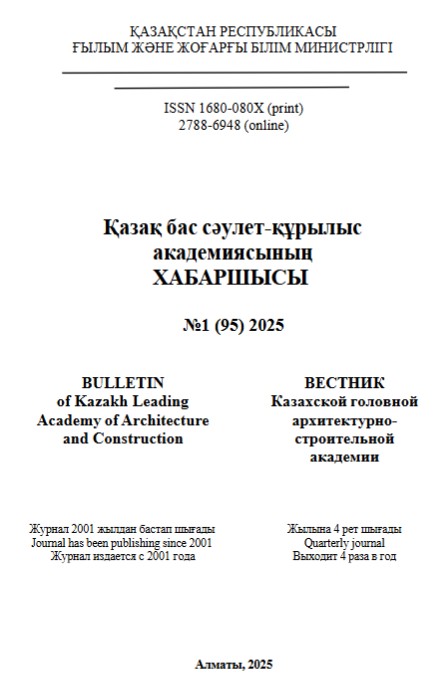Abstract
Waterlogging, a consequence of rising groundwater levels exacerbated by climate change and urbanization, poses a mounting challenge. This review provides an in-depth exploration of contemporary waterlogging risk management strategies, spotlighting the pivotal role of geographic information systems (GIS) and associated technologies. The introduction underscores the problem's gravity, citing its intricate nature and adverse effects on urban settings. The article covers diverse risk mitigation approaches like vertical and horizontal drainage, automated monitoring, and artificial surface elevation. The focal point is on GIS's transformative impact, delving into recent research demonstrating its efficacy in hazard mapping, exposure assessment, vulnerability analysis, and crafting risk management plans. Noteworthy is the use of Landsat 8-9 and Sentinel 1 satellite imagery for monitoring and modeling waterlogging effects. Conclusions stress the integration of multi-criteria analysis and GIS for precise risk mapping. The article advocates for innovative techniques like three-dimensional visualization in GIS and enhanced forecasting methods. It underscores the importance of technological advancements for bolstering urban resilience against waterlogging in various scenarios. Future directions involve refining forecasting techniques in a changing climate, integrating artificial intelligence and machine learning for more accurate predictions, and leveraging 3D visualization in GIS for detailed representations. The piece also highlights the potential of IoT-based automated monitoring systems in providing real-time information for proactive responses to potential waterlogging threats.


